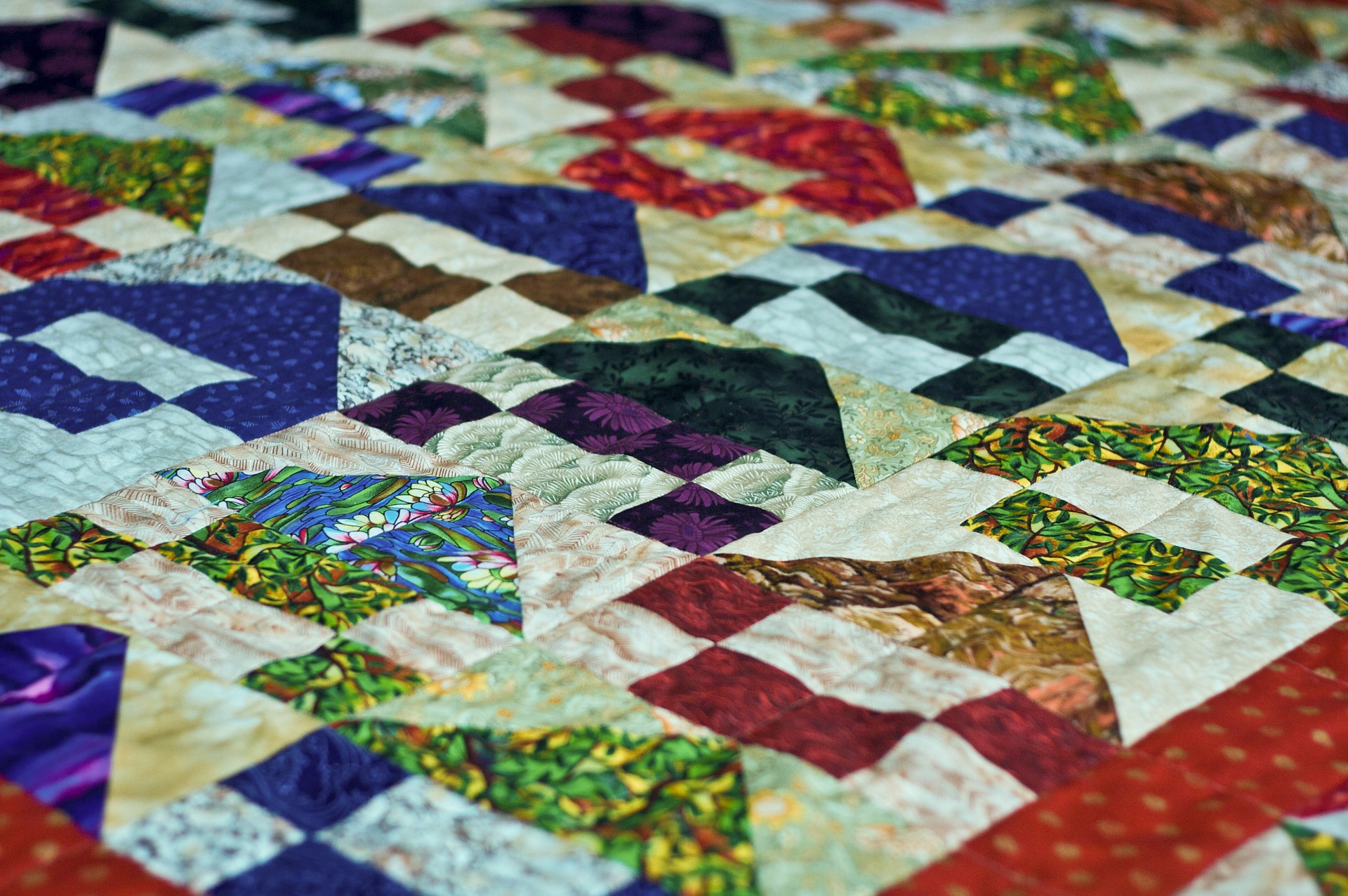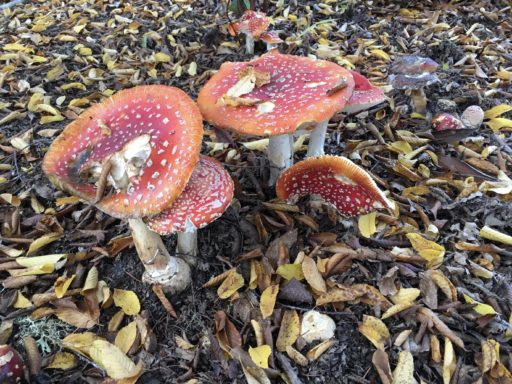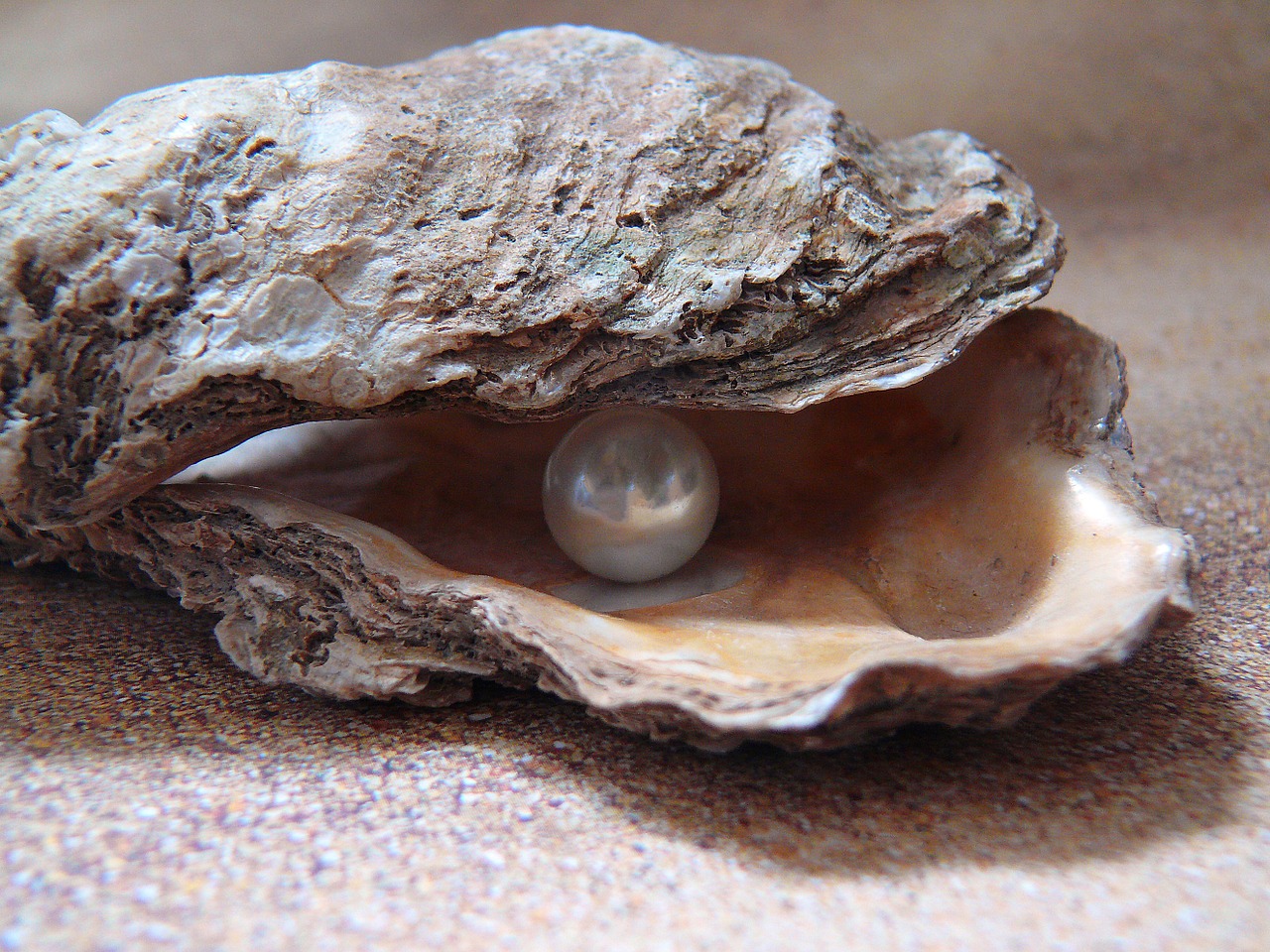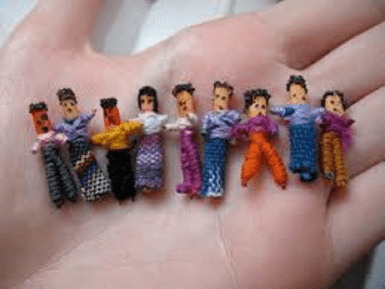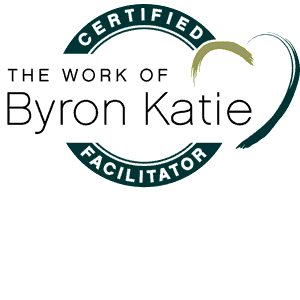
A week ago yesterday I sat at the Mandalay Bay Resort in Las Vegas, immersed in my hobby of people-watching. It was the perfect, calm finale to a colorful week of nature and hiking with lifetime girlfriends in Utah’s brilliant landscape. A couple of us had decided to soak up a few more hours of sun while waiting for our evening flights, and my friend suggested we have lunch and loiter at the resort across the way.
While we hung out, I got curious. I had no idea what brought all the fresh-faced young people there. They didn’t fit the image I’d always had of Las Vegas, which I’d only visited once before in my life. I felt blessed by their happiness as they lined up with big inner tubes to float in the pool. I like to think I blessed them back with my eyes as I appreciated their humanity. To me this is the essence of people-watching. It’s like a blessing, a basking in the joy of sharing the planet together in a particular moment, because that’s all we have. Later Sunday I got proof of that.
As we returned to the airport after a couple hours, our Lyft driver Javier pointed to something that looked to me like a construction site.
“There’s a big country-music festival here this weekend, with big stars,” he said.
“My wife is so excited about this guy tonight with a deep voice . . . Jason somebody. She’s going to be in the front row, she says.”
I glanced back over my shoulder at a chain link fence with warning signs. It looked like your basic construction site. Apparently the venue was in a deep pit, I thought.
The next morning, in my bed in Oregon, I began to get texts checking on my safety. One of the first reports described a shooting “like fish in a barrel.” I thought back on the “construction site.” As tuned in as I like to believe I am, I’d had no warning that it could also be a “destruction site.” I wonder still about Javier’s wife.
Disbelief. Shock. And then a parade of the faces from the day before. More disbelief. Tears. A deepening grief. When I told someone about it, my refrain was, This is not about me. My “thoughts and prayers” went into overdrive as I imagined each person I had seen there, now possibly dead or struggling for life.
Next day I saw a drawing of the shooter’s window. That was when I realized the courtyard where I had lunched was a direct shot. Twice as close as the amphitheater. Suddenly my world began to seem less predictable, less like something I would want to take for granted. There have been waves of grief, anger, and shock since then, mixed with tiny flashes of understanding. I’m guessing that insights and perspectives will continue to pop.
It’s too big, too close still for a landing place or a Tidy Take-away. I sit still in “thoughts and prayers” for the victims. I’m not done looking for the best way I can make a small difference when it comes to violence within our country and outside it. But I am committing not to forget or get so fogged in by all the stories and distractions swirling around me in the culture at large.
I truly have no idea why bad things happen. I’m just not in charge of that. But one of my life practices is to find some wiggle room in even the worst of circumstances. It’s sometimes enormously challenging to find a slight break in layers of dark clouds. But I have lived long enough to understand that sometimes something good, some healing comes from tragedy. I put my faith in that. Because from that margin of wiggle room I am more likely to embrace my own life, to embody a loving presence in the dark face of ignorance and insanity. I’m by far more likely to take an action on behalf of wisdom and sanity. And, most important, I’m far more likely to have unclouded judgment about what that action will be.
Photo “Mandalay Bay, Las Vegas,” (c) Erin Khoo, used under CC by 2.0 license


